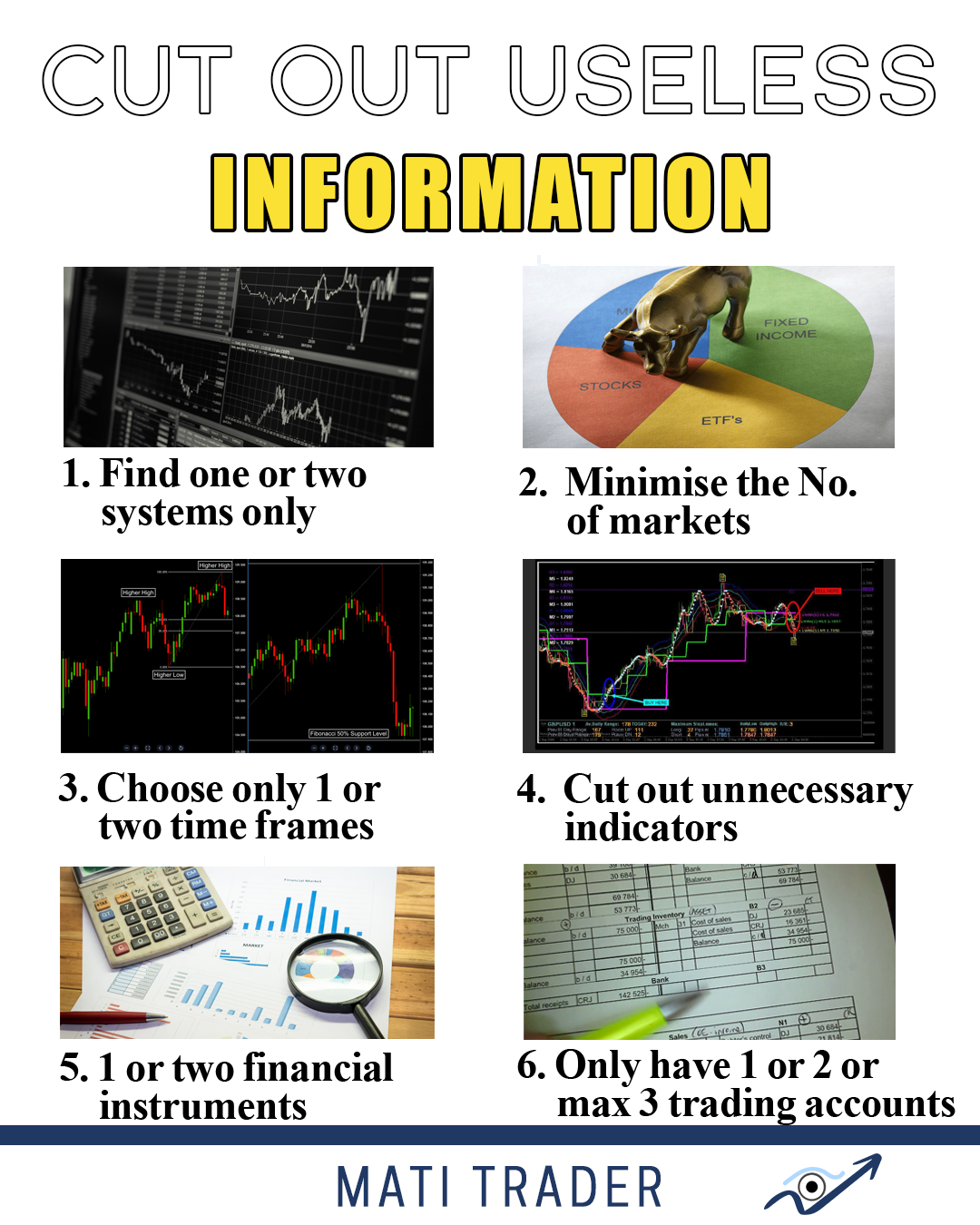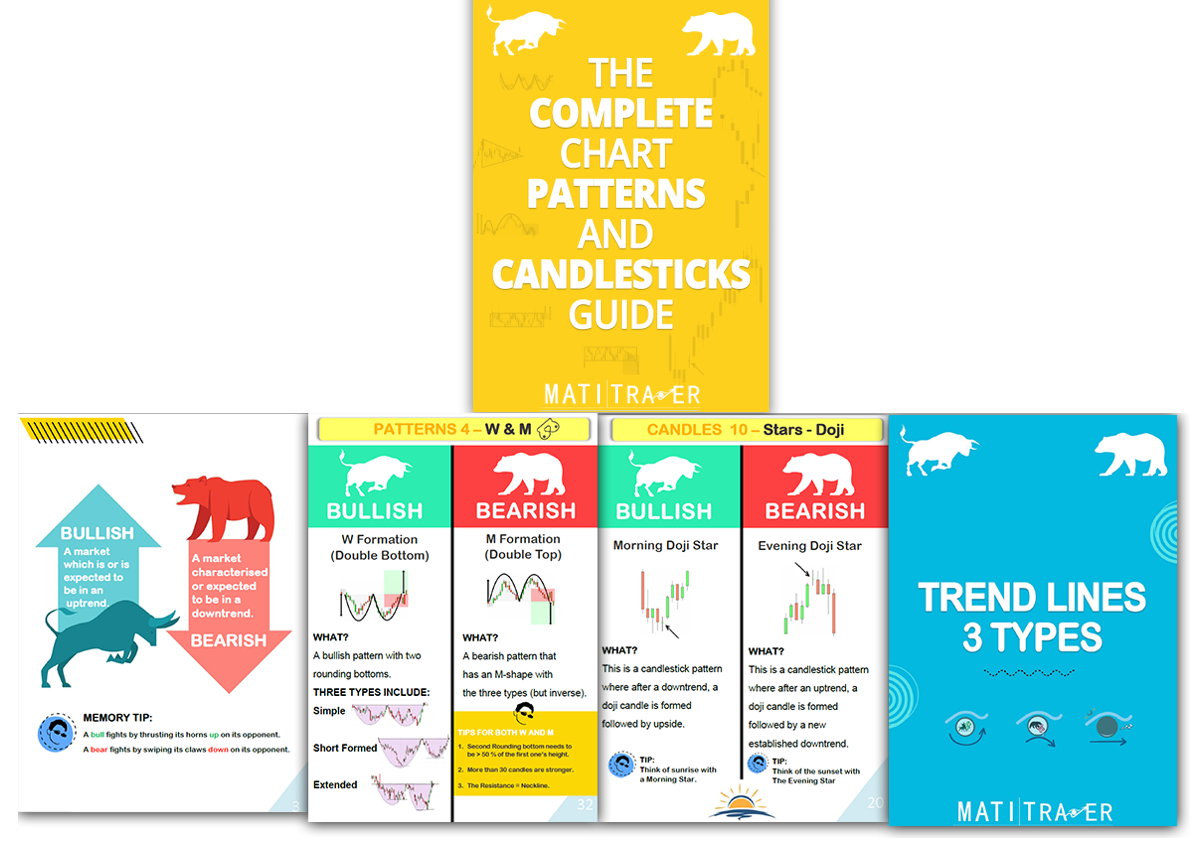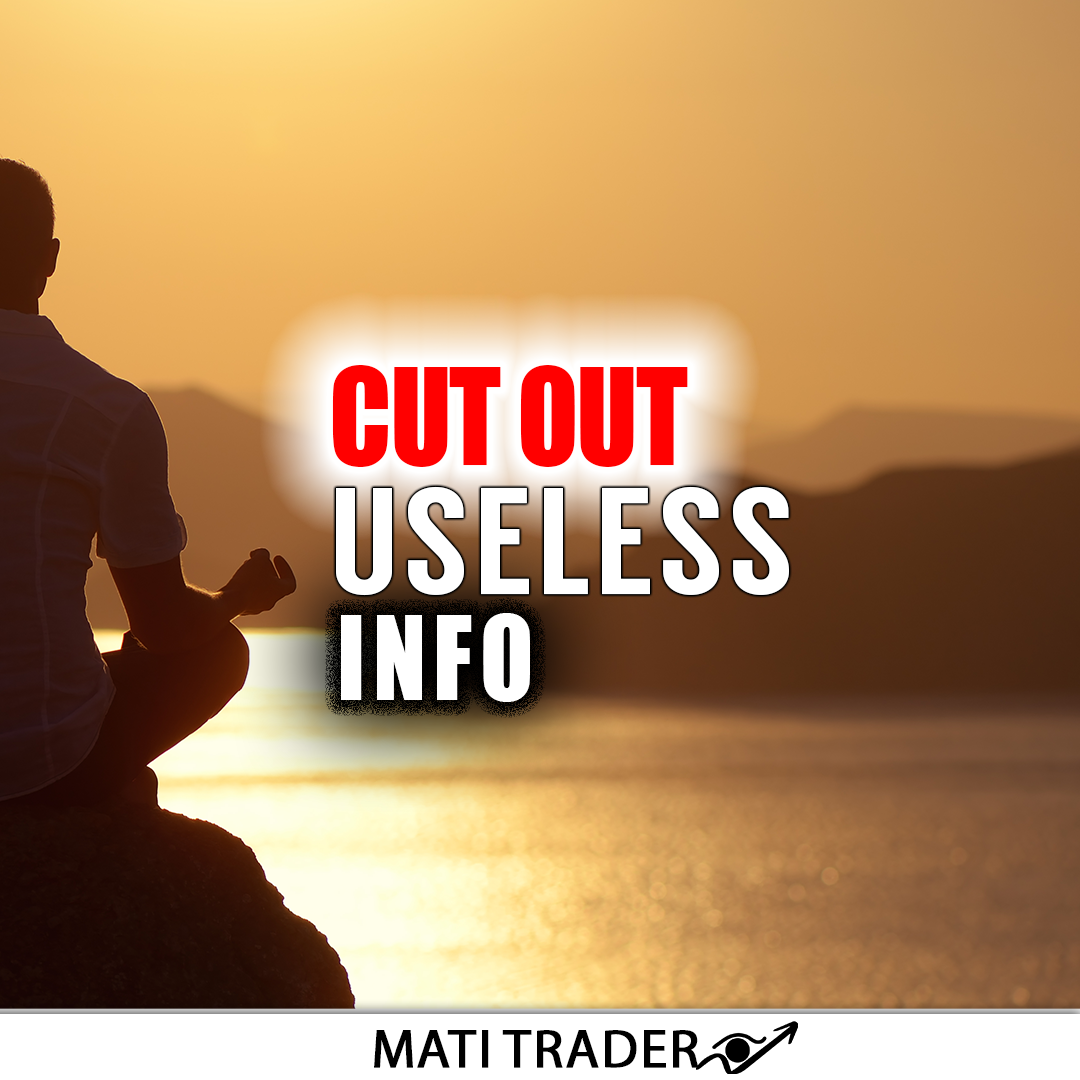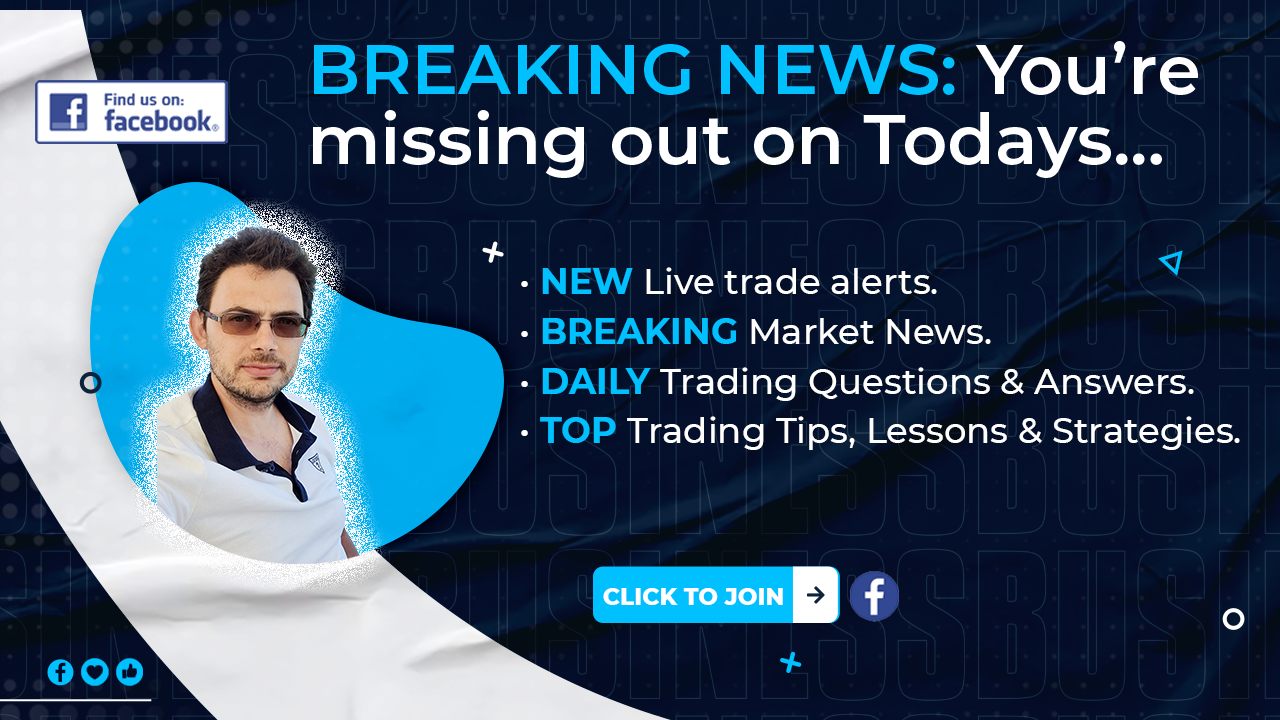Cut out Useless Trading Data – Read here
There is a curse of knowledge in the world of trading.
And it comes a time where a new trader believes the way they can WIN is through…
Knowing and applying as much info and data as possible.
I’ve been there. In 2008, you should have seen my charts.
They looked like Christmas Trees.
Cut out the conflicting indicators.
Cut out ANYTHING that does not make logical sense.
Less is more with trading.
Let’s explore some factors that can help you cut out the unnecessary data.
Find One or Two Systems Only
Trading systems are a collection of rules and parameters that traders use to determine their entry and exit points.
With myriad trading systems available, it’s really tempting to dabble in different ones.
And as a beginner trader, I understand it’s crucial for you to find yourself and your trading personality.
However, once you find what system works for you.
Once you find the ones that match your trading style, risk tolerance, and financial goals – Stick to them.
Adapt, evolve, improve and optimise your strategy.
When you absolutely master your strategy and your focus, you can gain deep expertise in those systems and utilize them more effectively.
Minimize the Number of Markets
Each market is unique, with its own set of rules, trends, and volatility.
If you diversify into too many markets, it can dilute your focus and make it harder to understand the nuances of each market.
Instead, find the markets that most definitely work you’re your strategy.
Whether it be stocks, indices, Forex, commodities or crypto.
Break them up into watchlists and the ones that don’t work with the system, well don’t include them obviously!
Choose Only One or Two Time Frames
Just as with trading systems and markets, time frames also require careful consideration.
Whether you prefer day trading, swing trading, or position trading, it should tell you the time frames you should be focusing on.
Select one or two time frames that align with your trading style and stick with them.
I like daily for stocks, commodities and crypto.
I like 15 minutes for Intraday trading indices and daily for identifying the Daily Bias.
By doing so, you’ll avoid the confusion and contradiction that often comes from analysing multiple time frames simultaneously.
Cut Out Unnecessary Indicators
The year was 2008.
I had 5 Moving Averages, 1 Bollinger Band, 1 MACD, 1 RSI, 1 Stochastics, 1 William %R, Volume, and even the ATR (Average True Range).
The problem was.
These signals were conflicting each other.
Do you have any idea how difficult it is to back and forward test a strategy like this?
And yes, all the information is at our fingertips.
But it can also be the doom of our portfolios.
Why? I realised one thing.
Indicators, volume, price action etc… Is all based on ONE constant.
Historical data.
The data and information you see is all based on the past.
There are no predictions, no certainties only probabilities.
So you need to cut out the unnecessary information.
Don’t fall for “analysis paralysis,” where excessive data hampers your decision-making.
Choose a few key indicators that provide the most valuable information for your trading strategy.
Focus on One or Two Financial Instruments
Diversification is a key principle in finance, but it’s possible to overdo it.
When I say instruments I mean CFDs, Lots, Spread Betting, Options, Futures etc…
You know what a schlepp it is to have different journals for different instruments, trading the same things?
Ye…
Choose 1 or maybe two instruments (if your one broker doesn’t offer some markets you wish to trade).
But there is no benefit in trading a whole bunch of trading instruments at once.
Also when you spread your capital too thinly across multiple financial instruments, you’ll find it can complicate your trading strategy, portfolio and risk management.
And it will make it difficult to keep track of your investments.
Only Have One or Two or Max Three Trading Accounts
Managing multiple trading accounts can be a logistical nightmare.
Similar to what I mentioned above.
It can lead to unneeded complexity in tracking performance, managing tax liabilities, and maintaining a balanced portfolio.
Instead, limit your trading accounts to 1, 2 or max 3.
This is so you can monitor your trading performance across different markets.
For example. Forex is a completely different ball game to stocks (in my opinion). And so, I like to have two different trading accounts for each.
Final words.
Let’s focus on less rather than more going forward.
Cut out unnecessary and useless data when you trade.
And remember these point which is what we have covered today…
Find One or Two Systems Only
Minimize the Number of Markets
Choose Only One or Two Time Frames
Cut Out Unnecessary Indicators
Focus on One or Two Financial Instruments
Only Have One or Two or Max Three Trading Accounts
Trade well, live free.
Timon Rossolimos
Founder, MATI Trader
CONNECT WITH US:
Facebook Group:
http://www.facebook.com/groups/matitrader
Website:
http://timonandmati.com
Discord:
https://discord.gg/c8f37kyv35


Order via our secured website:
Click here to order The Complete Charts Patterns and Candlesticks Guide by MATI Trader book
Or order via EFT payment”
Click here to order the book via EFT (all info in the invoice).
Enjoy and remember…
You won’t need to buy or order another book on chart patterns and candlesticks ever again as I will be updating it very often and will let you know.
Not sure the best way to get started with MATI Trader?
Follow these steps to start your successful trading journey.



